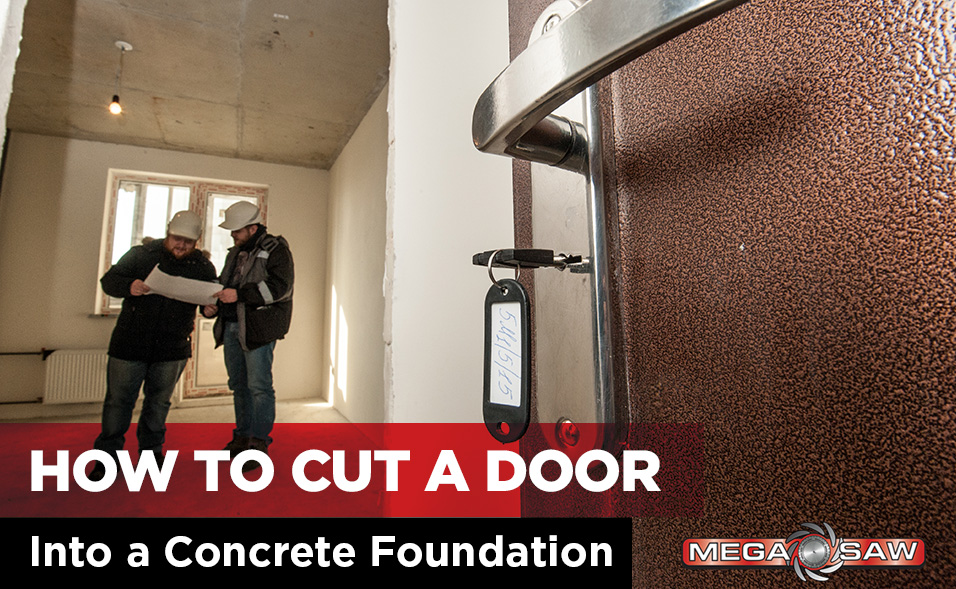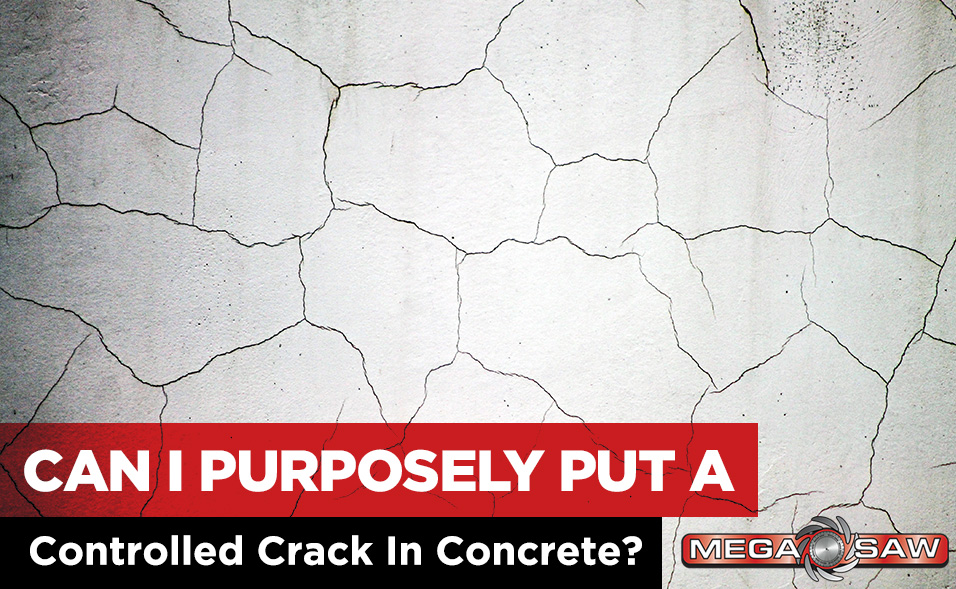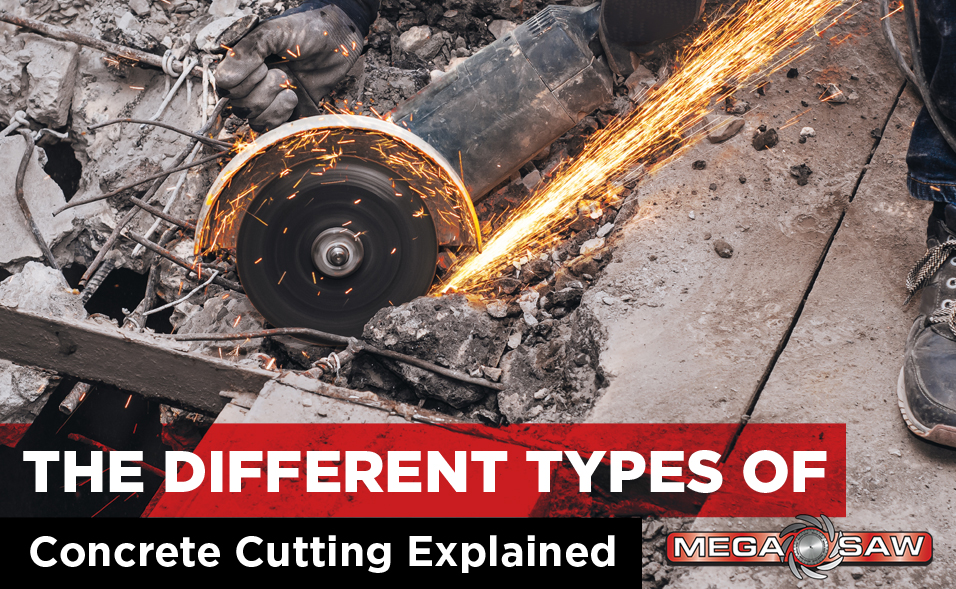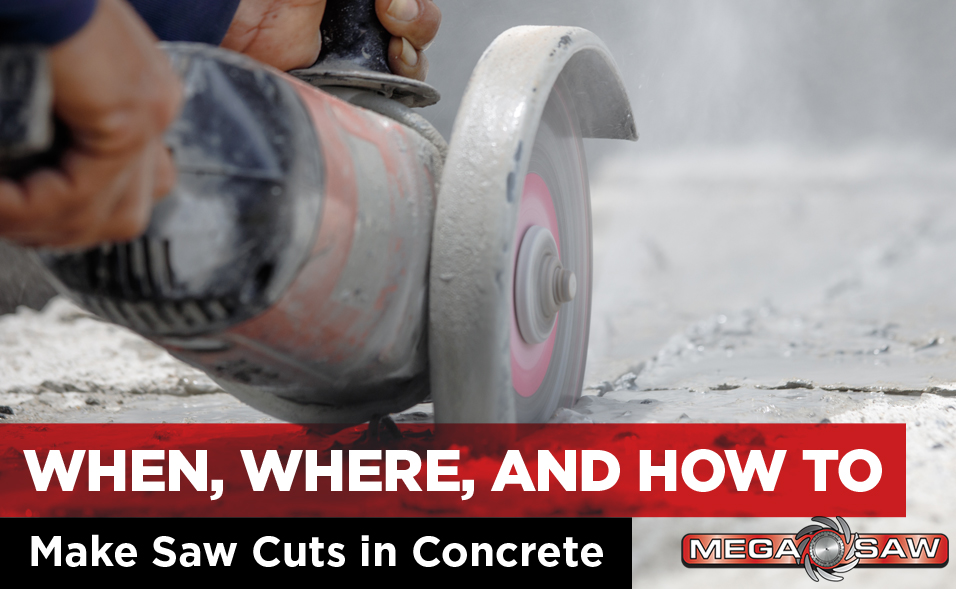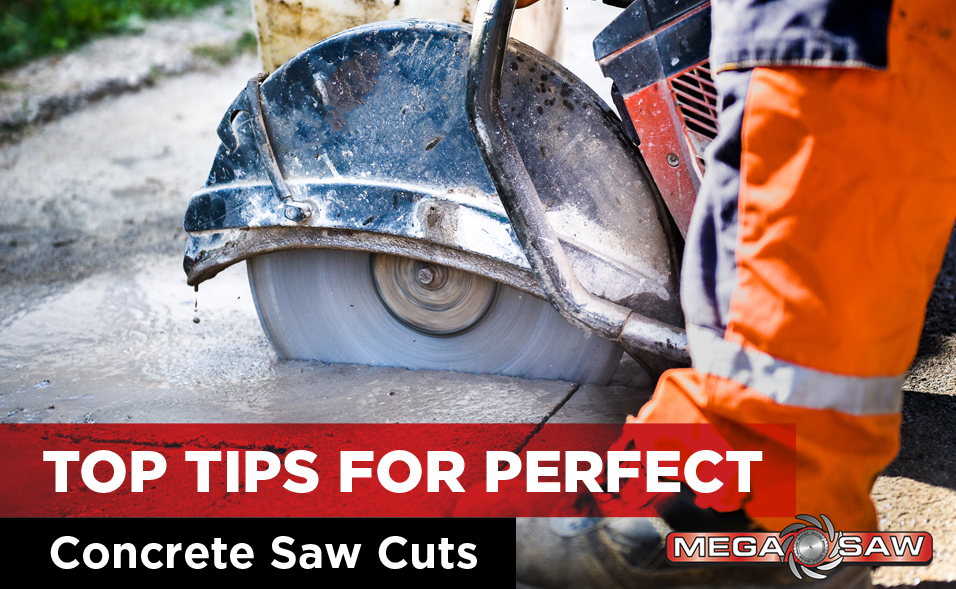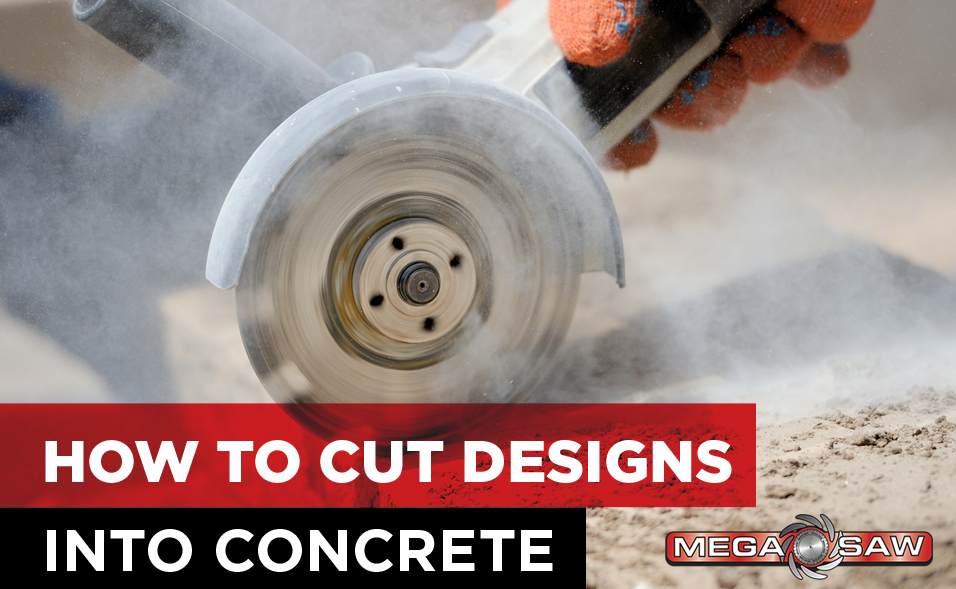If you are renovating your property and making improvements to the basement then you may have the need to cut a door into the foundations.
This can seem like a huge and intimidating task, but it is something that is usually possible to do, and the task itself is simpler than you might think.
The challenge is making sure that you meet all of the building code requirements before you start work.
Foundations Support The Whole Building
Remember that the foundation supports the building. If you cut part of the foundation away this can hamper the integrity of the building.
For this reason, it is usually a good idea to have a surveyor inspect the property to determine where and how the foundations need to be underpinned in order to ensure that any work you do will not leave the building unstable.
Doors need to be at least 30″ wide, in most parts of the world, to be considered safe for use as an emergency exit.
If you make an opening this size, you will need to make sure that the foundation on either side is stable, and you will need to reinforce the lintel as well.
Cutting a Door into a Concrete Foundation
The actual process of cutting an opening into a concrete foundation is relatively simple.
You will need a very large and powerful saw or a drill and a lot of water, in order to make the cut.
Concrete cutting saws are usually large circular saws with diamond blades. There are both wet cut and dry cut concrete saws.
Dry saws will, as the name suggests, cut into concrete without needing a water supply to keep the blade moving.
The downside of these is that they produce an awful lot of dust.
In general, it would not be a good idea to use a dry saw in a basement, since concrete dust is not something that you want to inhale.
Even wearing a mask, the dust will go everywhere and be difficult to remove/clean up.
Wet saws rely on water directed at the area that is being cut. The water mixes with the concrete dust, stopping it from being kicked up into the air.
The water is sucked up as it runs off from the surface being cut, taking the concrete dust with it.
There will always be some run-off and dampness left, but in general, using a wet saw is the preferred option for health and safety reasons, and also because wet saw blades tend to last longer before needing to be replaced.
Once you have cut the opening into the concrete, you will need to frame it with structural timber to ensure that the opening remains strong.
Note that with newer properties, the foundation may still be ‘settling’ and that it might shift or crack over time.
A small amount of movement is normal with any property, but larger shifts can be down to subsidence and can cause significant problems.
Structural framing will help to reduce the risk of any small shift from leading to damage to the walls or roof.
If you are not sure whether the work that you are planning is safe or a good idea then you should talk to an expert before you start making changes to the property.
Planning and building control regulations can vary from area to area and a local expert will be able to advise you on the requirements to keep your family, staff or other building users safe.
This will ensure that the building remains in good condition for many years to come.
If you are looking for a specialist concrete cutting company who uses only the best practices to get the job done right, then please call us at Megasaw on 1300 920 419 or contact us through our website www.megasaw.com.au/contact-us/

